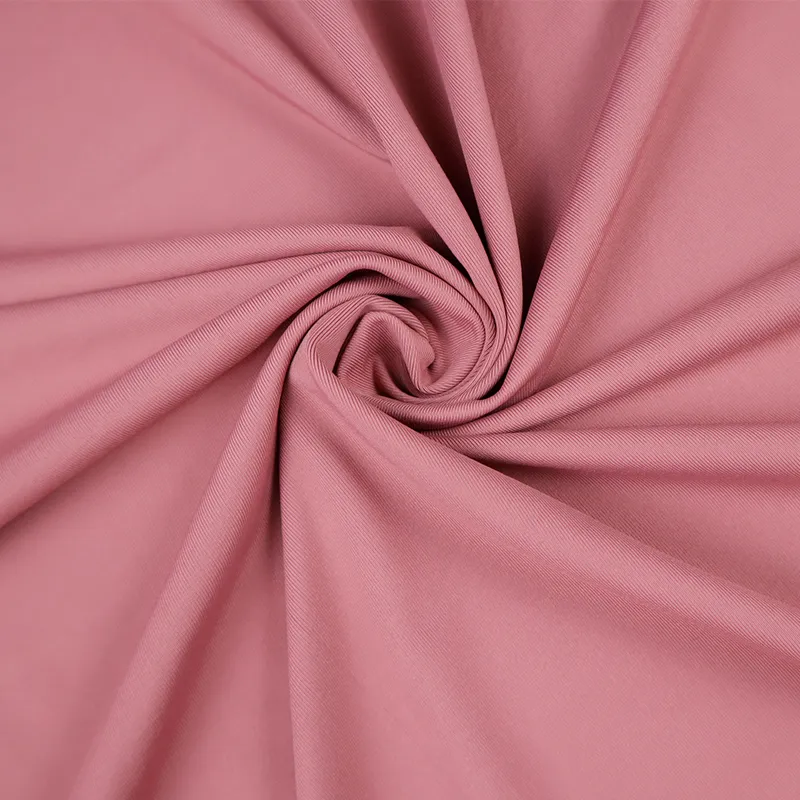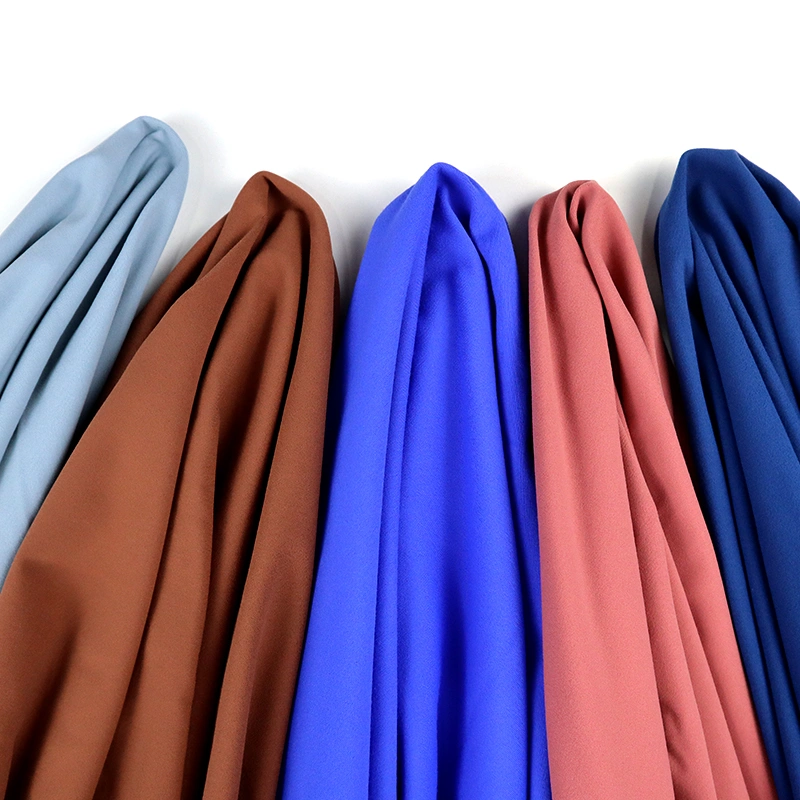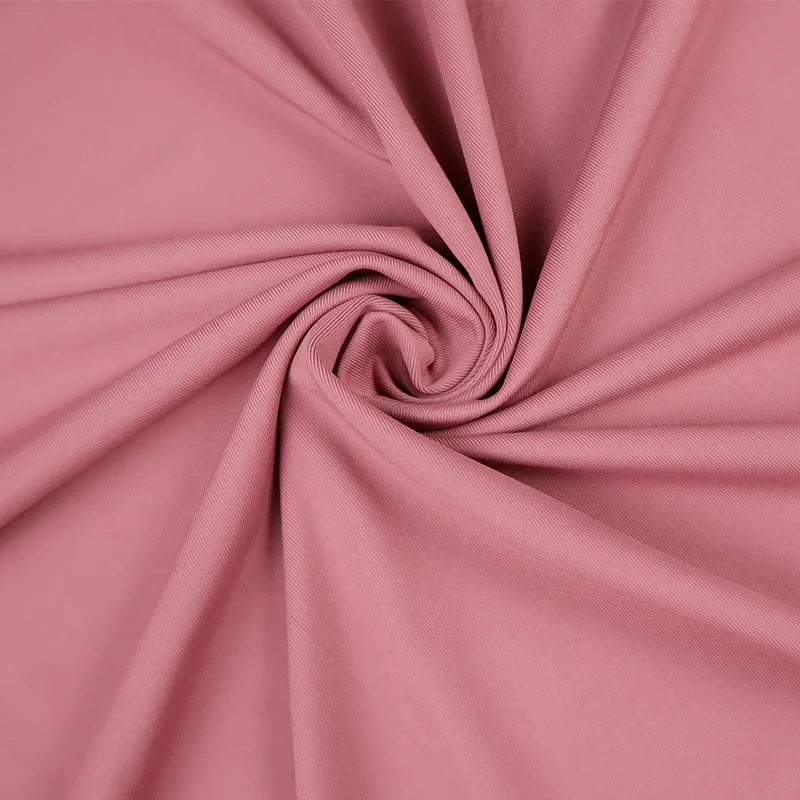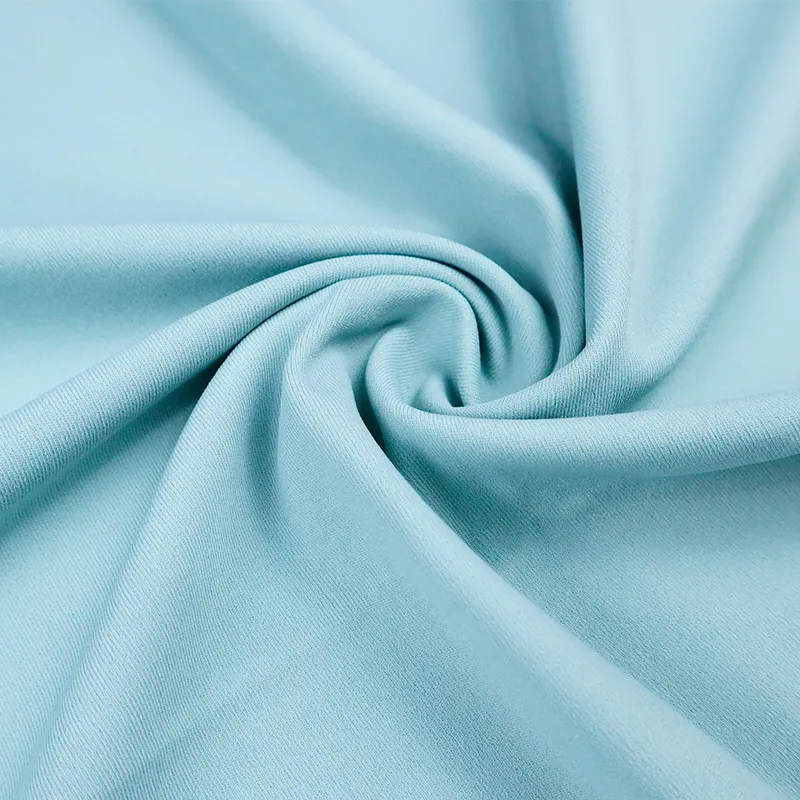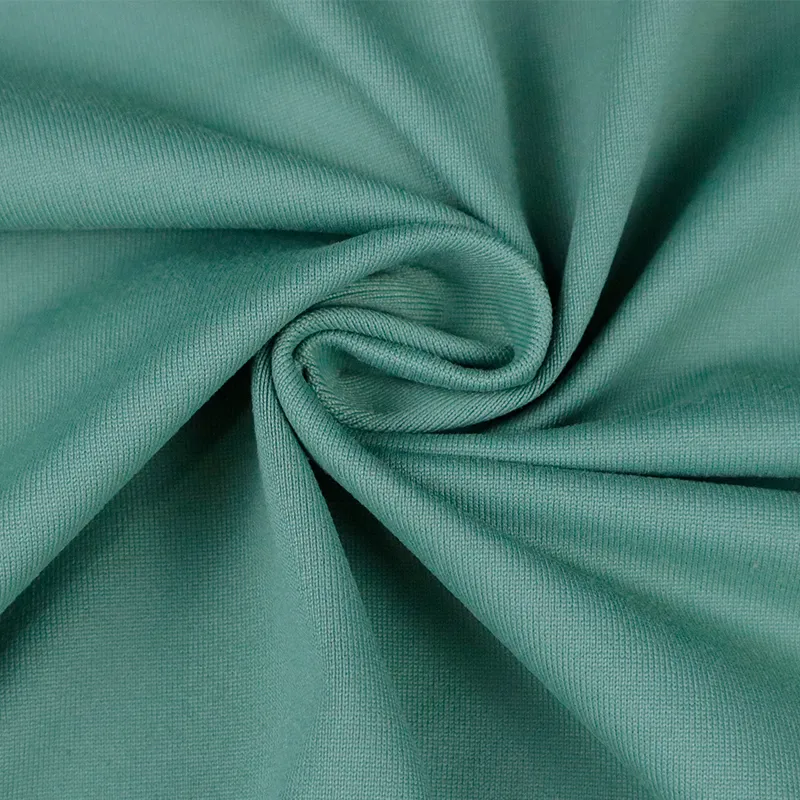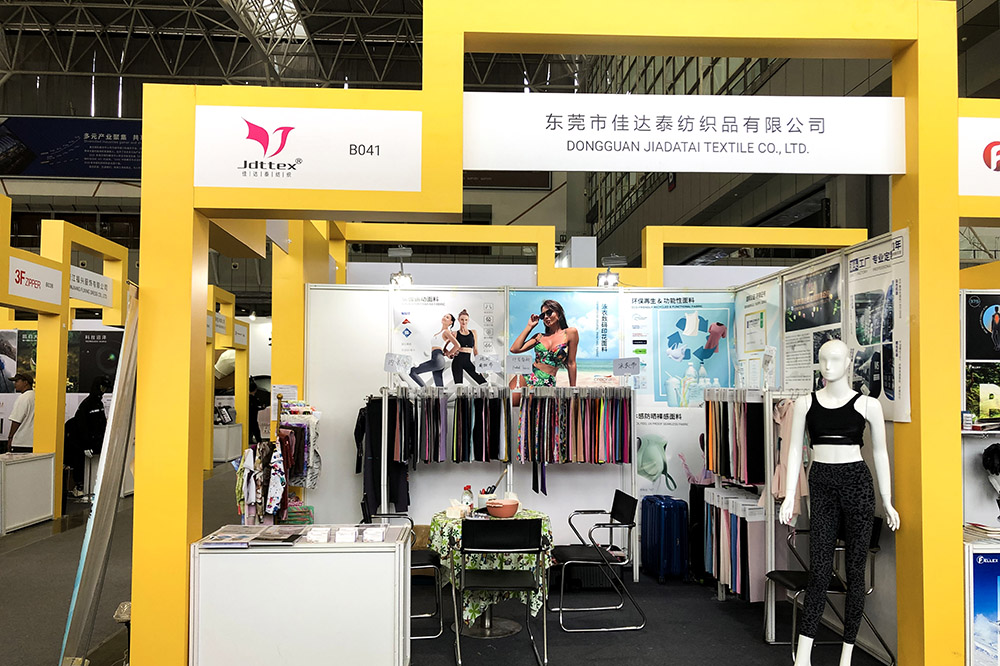
How Does Elastane Improve Sportswear Performance?
In the modern sportswear industry, elastane—also known as spandex or Lycra—is often the unsung hero behind high-performance garments. While fabrics like nylon and polyester provide strength, durability, and comfort, it is elastane that gives activewear its signature stretch, recovery, and freedom of movement. Understanding how elastane works is essential for sportswear decision-makers who want garments that not only look good but also perform under demanding conditions.
The Science Behind Elastane
Elastane is a synthetic fiber known for its exceptional elasticity. It can stretch up to 5–7 times its original length and recover immediately, returning to its initial shape without deformation. This property is crucial in sportswear, where garments must move with the body rather than restrict it.
In addition to stretch, elastane contributes to fit and comfort. By hugging the body closely, it reduces friction during movement, preventing chafing and discomfort in high-intensity workouts. This makes it an essential component in garments like leggings, compression wear, cycling shorts, and swimwear.
Benefits of Elastane in Sportswear
-
Enhanced Mobility: Elastane allows fabrics to stretch in multiple directions, accommodating dynamic movements in yoga, running, and training sessions.
-
Shape Retention: Garments made with elastane maintain their shape even after repeated stretching and washing, reducing sagging and bagging.
-
Comfortable Fit: By contouring to the body, elastane fabrics minimize excess material, giving a sleek and supportive feel without being restrictive.
-
Durability in Activewear: Elastane adds resilience to the fabric, allowing it to withstand repetitive stress while keeping its original performance characteristics.
For sportswear brands, these benefits translate into products that not only perform better but also build trust with consumers. Customers expect leggings, tops, and swimwear to maintain fit and elasticity over time, and elastane is the key to meeting those expectations.
Common Questions from Sportswear Decision-Makers
-
How much elastane is needed in a fabric blend?
Typical blends range from 5% to 20% elastane, depending on the garment type and desired stretch. Yoga leggings often require higher elastane content for maximum flexibility, while training tops may need less. -
Does elastane affect breathability?
Elastane itself is lightweight and breathable. Combined with nylon or polyester, fabrics can be engineered to balance stretch with moisture-wicking properties. -
Will elastane degrade over time?
High-quality elastane maintains its stretch and recovery for years if properly cared for. Poor-quality elastane, however, can lose elasticity, causing garments to sag. -
Is elastane sustainable?
While elastane is synthetic, recycled and bio-based alternatives are emerging, allowing brands to incorporate sustainability into high-performance fabrics.
Faybric: Expertly Crafted Elastane Fabrics
At Faybric, we specialize in elastane-based fabrics designed for modern sportswear applications. Our fabrics combine elastane with premium nylon or polyester to create garments that perform under real-world conditions.
-
Precision blending: We carefully control elastane content to match the requirements of different sportswear categories.
-
Consistency: Our fabrics maintain elasticity, color, and weight across large orders, ensuring uniformity for production runs.
-
Variety of applications: From yoga leggings to swimwear and compression garments, our elastane blends deliver the stretch and recovery brands need.
-
Sustainability focus: We are expanding our range of recycled elastane blends to support eco-conscious sportswear brands.
By working with Faybric, brands gain access to elastane fabrics that are not only flexible and durable but also designed to meet the evolving demands of athletes and active consumers.
Final Thoughts
Elastane is more than just a stretchy fiber—it is the backbone of modern sportswear performance. Its ability to provide mobility, comfort, and shape retention makes it indispensable in garments ranging from yoga leggings to swimwear and athletic tops.
For sportswear decision-makers, understanding elastane’s properties and choosing a reliable supplier like Faybric ensures that your products not only perform at their best but also inspire consumer confidence. With the right elastane fabrics, brands can create activewear that combines function, style, and longevity—the hallmarks of lasting success in the competitive sportswear market.













